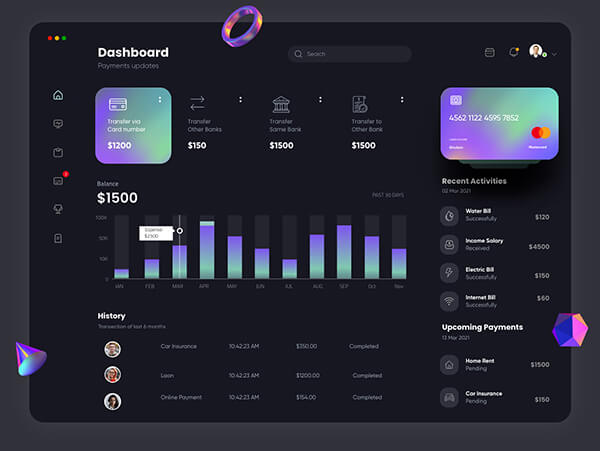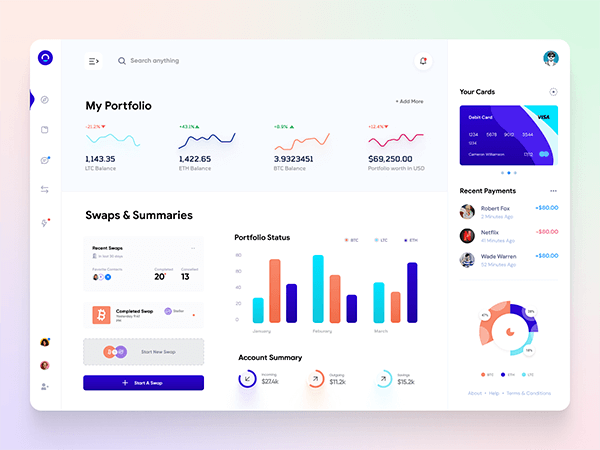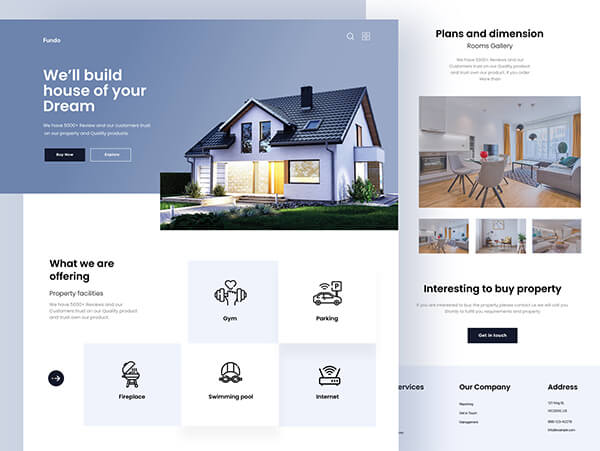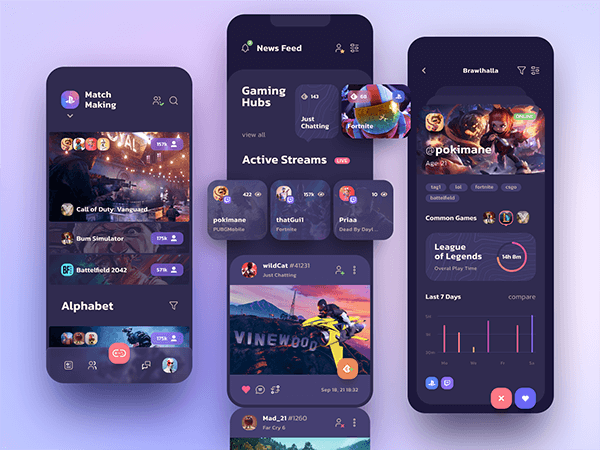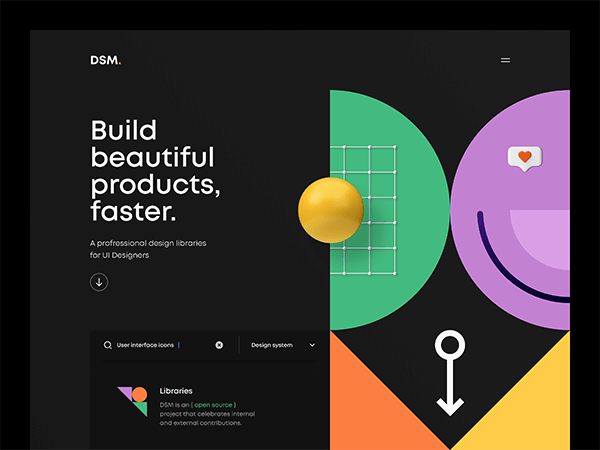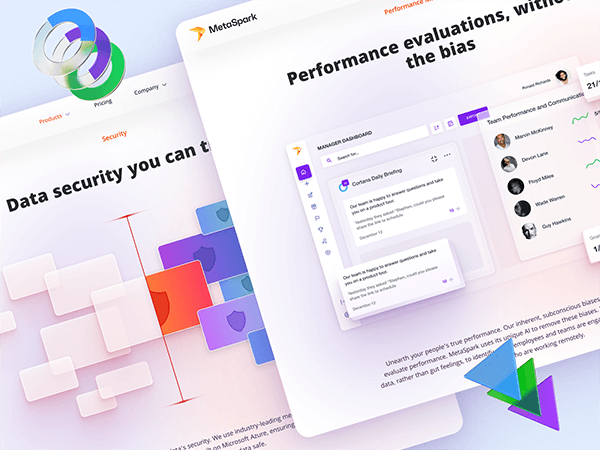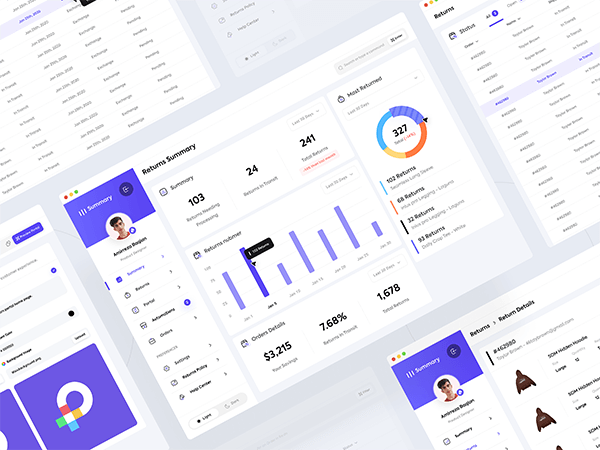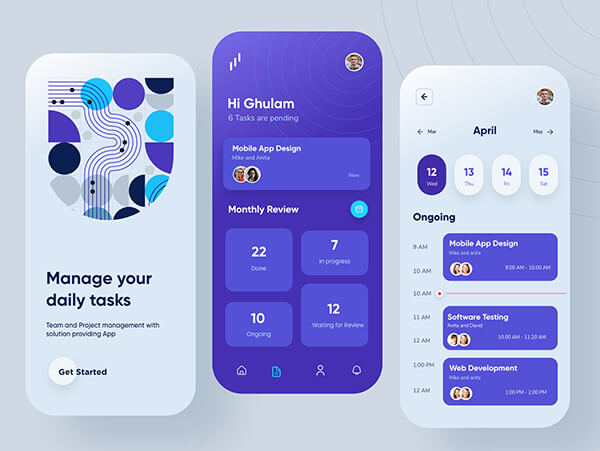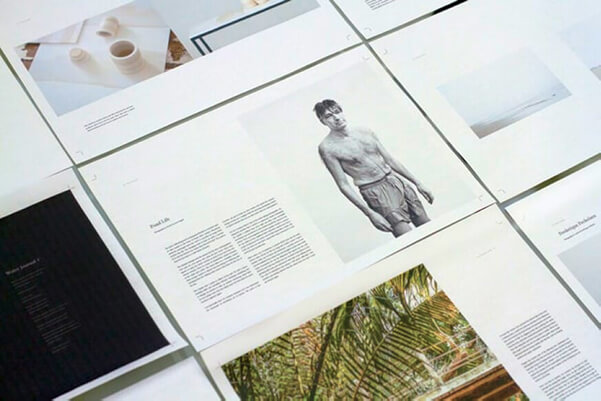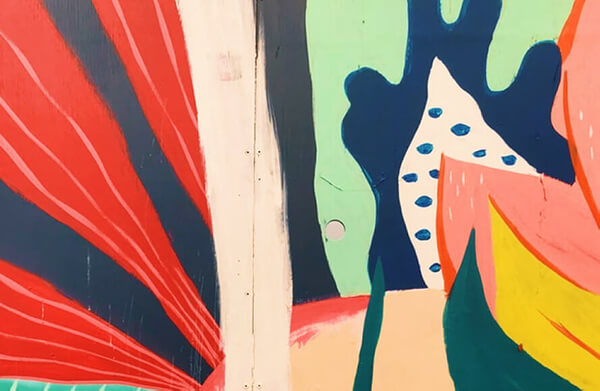About me
I'm a 3rd year PhD student in UW CSE, advised by Prof. Jon Froehlich at the Makeability Lab.
My research interest lies in the intersection of Human-Computer Interaction (HCI), Applied Computer Vision, and Generative Models. I develop interfaces and systems that understand people's surrounding spaces and interaction contexts, in order to enhance accessibility and support creative endeavors.
Recent Experiences
-
Adobe Research, San Francisco
Research Scientist Intern. Jun 2024-Sep 2024
-
Adobe Research, San Jose
Research Scientist Intern. Jun 2023-Sep 2023
-
MSRA, Beijing
Research Intern. Jun 2020-Mar 2021
Education
-
University of Washington
PhD of Computer Science & Engineering, 2021-2026 (est)
-
University of Washington
Master of Computer Science & Engineering, 2021-2024
-
Tsinghua University
Master of Engineering, 2018-2021
-
Tsinghua University
Bachelor of Architecture, 2014-2018
Selected Publications
-
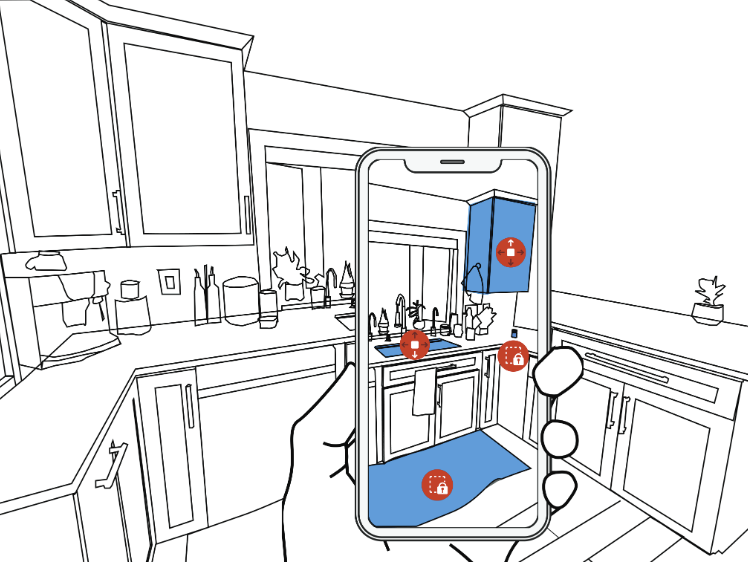
RASSAR: Room Accessibility and Safety Scanning in Augmented Reality
To Appear in CHI 2024
-
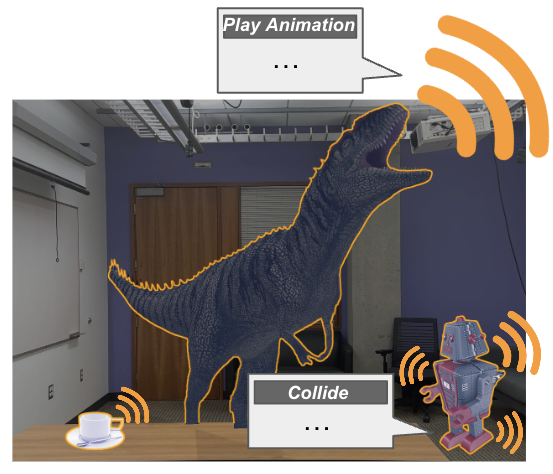
SonifyAR: Context-Aware Sound Effect Generation in Augmented Reality
To Appear in CHI LBW 2024
-
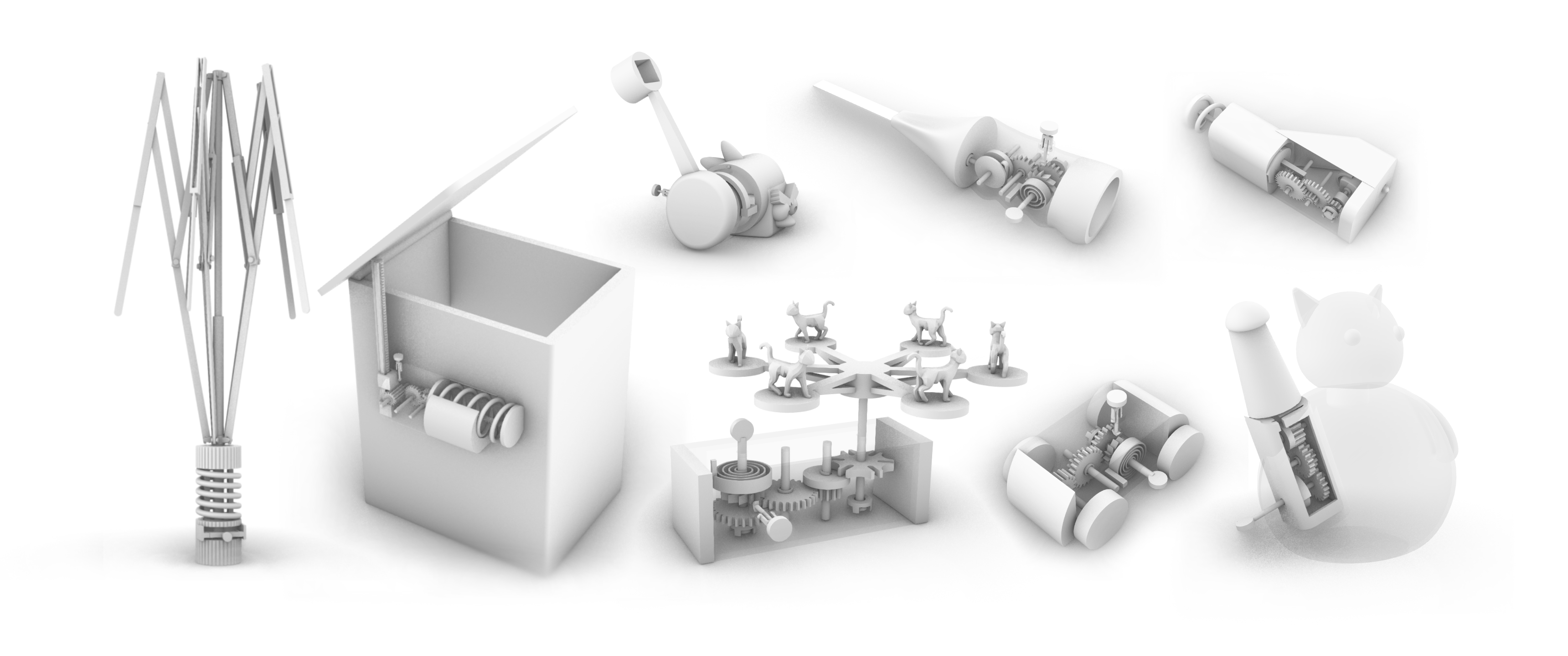
Kinergy: Creating 3D Printable Motion using Embedded Kinetic Energy
UIST 2022
-
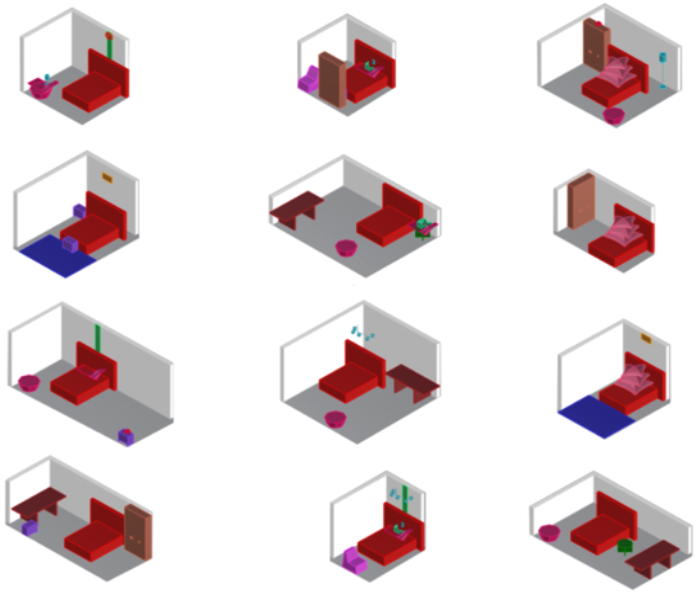
Interior Layout Generation Based on Scene Graph and Graph Generation Model
Design Computing and Cognition’20
-
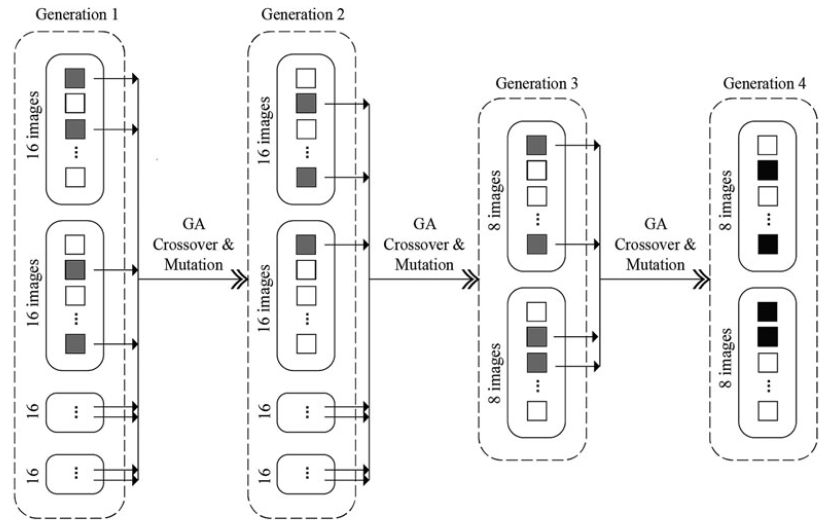
Category, process, and recommendation of design in an interactive evolutionary computation interior design experiment: a data-driven study
AI EDAM 34, 2
